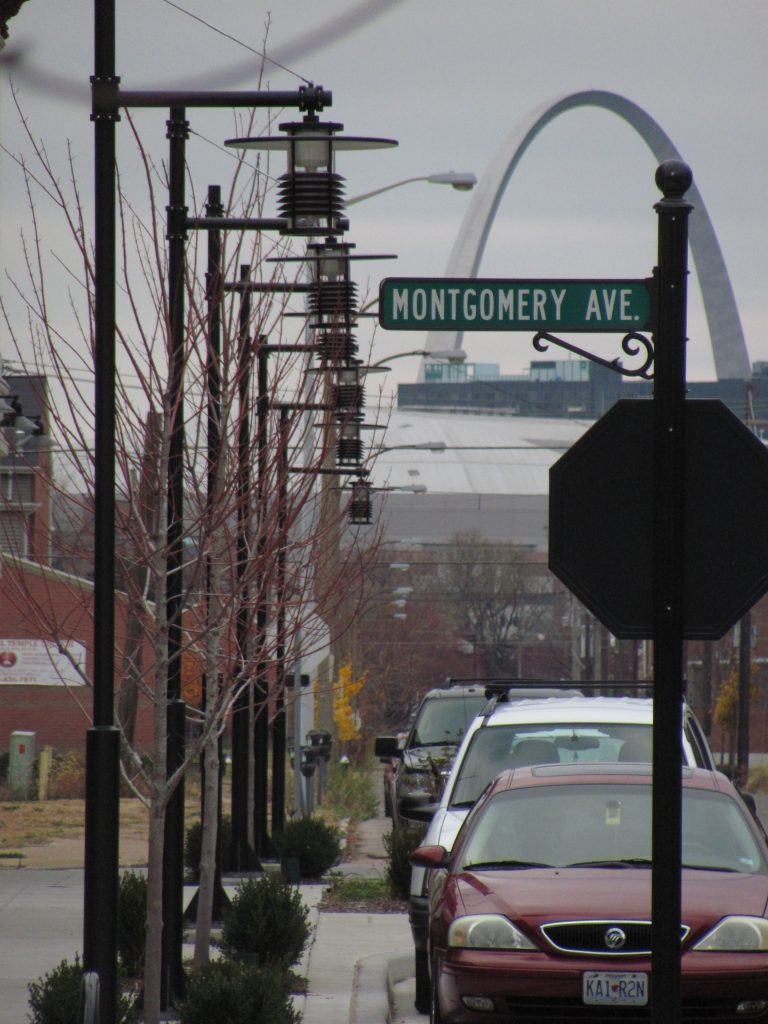“Why Invest In Our Citizenry When We Could Blow It All On The Police State?” Asks Shrinking Midwestern City Increasingly No One Cares About
The City of St. Louis, whose population just in the 2020 census dipped below 300,000 for the first time since the 1860’s, just released a Capital Improvement Needs Summary as part of a broad, capital planning effort that even involves some level of citizen oversight. Pandemic assistance is coming to many municipalities, and cash-strapped cities especially are chomping at the bit to figure out what to do with the money in our glorious age of austerity. The quasi-participatory nature of the program is a first in a city that has struggled with budget issues and municipal governance under a few consecutive, frankly pretty disappointing mayoral administrations. The problem? Well, it isn’t that participatory if the city police and corrections “and other public safety” get to monopolize $93,463,038 out of a $428,163,315 budget. That’s 21.82% of the total capital budget. Is that what we’re really doing with our bucks in 2021? In a once-great city that is, these days, more famous for the police brutality associated with Ferguson than, well, much else?

To be fair to the St. Louis police, a full $2 million of the budget is allocated to replacing some aging elevators. Elevators deserve love, one might suspect. But the rest of it? Well, a whole lot of cars– 48 SUV’s, for example.
But then, there’s the corrections budget. The largest single line item is $12 million for the City Justice Center. Inmates have rioted numerous times this year, resulting in damage to the downtown building. The budget references $1 million for unspecified plumbing work. $2839 for new 2-way radios– each. Goodness gracious. We know that this isn’t the answer to make cities safer, yet policymakers insist on continuing down this road. Having lost more than half a million people over the past half century and then some, St. Louis doesn’t even make this somewhat-confusing-but-still-kinda-intereting Bloomberg infographic trying to index the blue-red spectrum against police funding.
Hope For A Shrinking City?
Lest you think I’m completely bearish on the Mound City– where I spent a few extremely challenging years working for some extremely crazy people, and for which I have an undying love and eternal frustration- it’s possible that not all is lost. The city has seen the replacement of some utterly lackluster leadership in recent years. Longtime Representative Lacy Clay was primaried out by Cori Bush, a nurse, community activist, and Democratic Socialist who was galvanized by the unrest in Ferguson. Though Bush’s win came by only a small margin of a few percent, it marks a noticeable paradigm shift.
The same is true with Tishaura O. Jones‘ ascension as the city’s first Black woman to serve as mayor. Jones is present and inspirational in a welcome contrast to the snoozefests of her predecessors Francis Slay (2001-2017) and Lyda Krewson (2017-2021). In spite of having to deal with the St. Louis Board of Aldermen, a premodern and largely troglodytic city chamber, Jones has made bold moves to address the city’s struggling budgets, population decline, and pervasive issues of crime. She has even proposed– controversially to Missouri’s horde of “local control, but not like that!” white Republicans, who love any chance to shit on St. Louis- shifting away a mere couple percentage percentage points of the police budget to fund alternatives to try and fight the city’s crime epidemic. And apparently? It may be a bit too soon to say, but it actually seems to be working.
The St. Louis Police might not be happy.
A specific member of the budget committee involved in the Capital Improvement budgeting process could not be reached for comment, but we will update accordingly with any more information.







